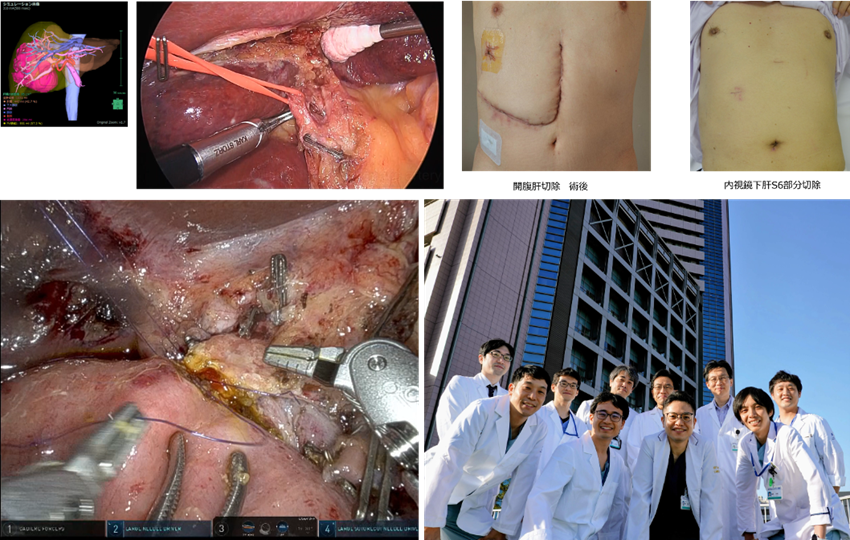Promotion to Minimally Invasive Hepatobiliary Pancreatic Surgery

Daisuke Ban
Surgical treatment of hepatobiliary and pancreatic (HBP) tumors is often highly invasive and involves a variety of complex surgical techniques. In the past, large abdominal incisions have been the standard of care. However, the advent of minimally invasive surgery (such as laparoscopic and robotic surgery) has revolutionized the field, allowing for procedures that significantly reduce the physical burden on the patient. In addition to requiring smaller incisions than open surgery, minimally invasive surgery offers benefits such as reduced intraoperative bleeding and faster postoperative recovery. In addition, it offers therapeutic advantages, including less adhesion formation, which is beneficial for future surgeries, and earlier initiation of postoperative treatments.
Nevertheless, there are cases where performing liver or pancreatic resections using minimally invasive techniques can be challenging and open surgery may be the safer option. Therefore, it is crucial to accurately assess the patient’s tumor condition and select the most appropriate surgical approach. As Japan’s leading HBP surgery team, we remain committed to providing safer and more precise minimally invasive surgery for HBP tumors.



